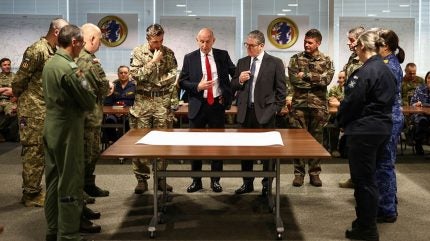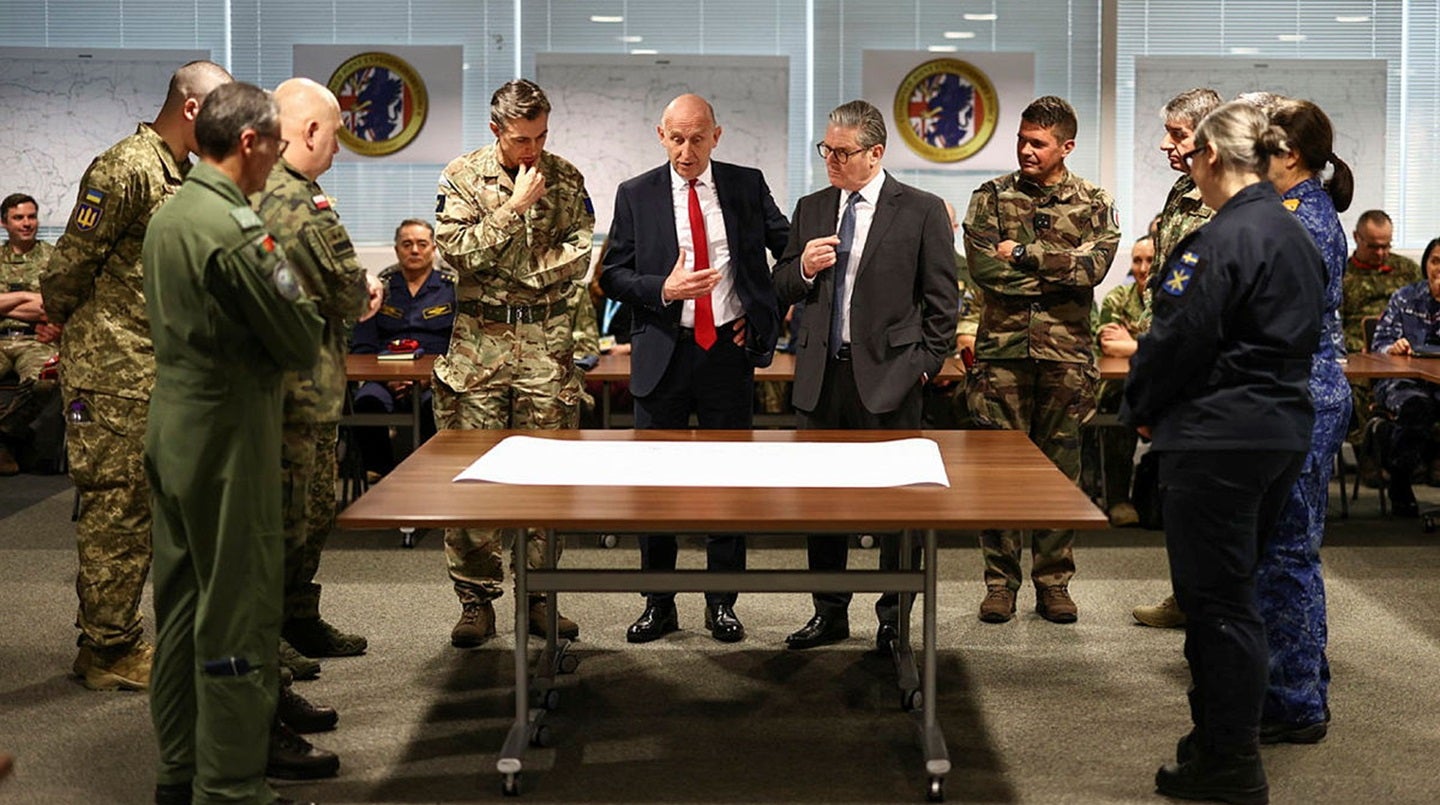
One obligation that may have gone unnoticed in the UK’s Strategic Defence Review (SDR), published on 2 June 2025, was the creation of a Counter-Intelligence Unit (CIU) that will reside within Defence Intelligence (DI).
Authors of the report instruct the government to set up the CIU by November 2025. The body will have a mandate to protect UK defence from hostile intelligence services, working closely with the wider UK intelligence community in the process.
CIU would ensure resources are focused on protecting the most critical defence capabilities, at home and overseas, against serious threats.
The unit would also provide a single point of contact within the Ministry of Defence (MoD) for industry – to protect critical supply chains from disruption and to procure innovative technology – besides collaboration with Nato, Five Eyes, and other partners.
Integration: Military Intelligence Services
In the spirit of integration, the SDR also advises the MoD to maximise all its intelligence capabilities.
This will leverage information from all three armed services, the Permanent Joint Headquarters, Special Forces, Space Command, and others to form a single, integrated defence enterprise known as the ‘Military Intelligence Services’ (MIS).
DI will lead this vague intra-departmental enterprise.
Notably, DI is one of few intelligence organisations around the world that carries out collection, reporting, assessment, targeting and operations, including counter-intelligence.
While MIS does encourage agencies to work closely, which helps coordinate collective responses to the growing stream of defence-related information, one can be forgiven for the confusion that comes when trying to define the overlapping responsibilities of each agency.
Naval Technology contacted the MoD for comment on the potential ambiguity of the new structure but they were unable to offer anything beyond details released in the SDR at this stage.
More demand, less manpower
GCHQ, the UK’s cyber and signals intelligence agency, has repeatedly exposed Russia’s military intelligence service in a campaign of malicious cyber activity against western logistics entities and technology companies over the last three years.
This has included targetting organisations involved in the co-ordination, transport and delivery of support to Ukraine, and across the defence, IT services, maritime, airports, ports and air traffic management systems sectors in multiple Nato members.
This is not limited to Russia, but also China, whose sophisticated Military-Civilian Fusion initiative bleeds information from innovative commercial and defence companies in the West to benefit People’s Liberation Army. In January, the US Department of Defense identified familiar technology brands CATL, Huawei, and Tencent as such entities.
Although the demand for DI services are increasing, there are approximately 500 fewer people working in DI today than in 2019 and its digital programmes have been subject to significant cuts and deferments.
There are also barriers to interoperability between the MoD and the UK intelligence community, risking their collective capabilities by delivering less than the sum of their parts, according to the SDR.
Demand for high-fidelity intelligence will only increase as the global environment deteriorates. And the document is right to point to the sheer volume of data that must be harnessed to enable effective decision-making, including through using artificial intelligence (AI).
“Conflict with a ‘peer’ military adversary today would create a demand for intelligence that significantly surpasses that of the Afghanistan and Iraq wars,” the SDR reads.

